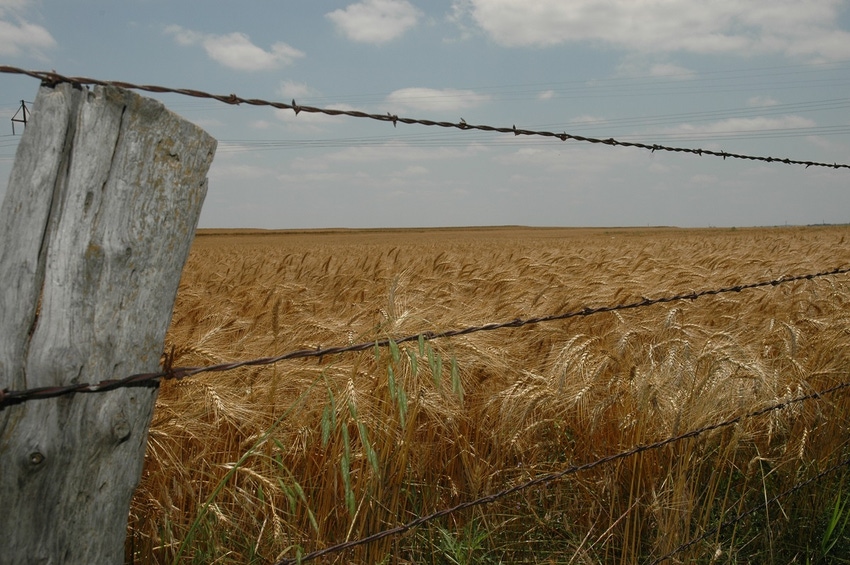February 15, 2018

Since mid-December, cash wheat prices have increased 80 cents. Of that, 65 cents was due to KC wheat futures contract price increases, and 15 cents was due to increases in the basis.
At this writing, the cash wheat price at Burlington, Okla., is $4.14. The Perryton, Texas, cash price is $4.33. Wheat may be forward contracted for harvest delivery for $4.40 at Burlington and $4.55 at Perryton. For most producers, these prices are still below the cost of production.
Export demand is a major determinant of wheat prices. A recent article by Rabobank (Australian Financial Review and AUSFIN/News Wires) warns that for the Australian wheat industry, no end is in sight to erosion in the market share in Southeast Asia, and that, “Canada and the United States have also been exposed to the new world order in wheat created by the Black Sea region.”
Any way you crunch the numbers, Russian and Ukrainian exports have increased to the detriment of Australia, Canada, the U.S., and to a certain degree, the European Union. Russian 2017/18 wheat exports are projected to be 91 percent higher than in 2012. Ukrainian exports are projected to be 36 percent higher.
Mostly due to the reduction in the wheat export tariff, Argentine exports have increased 33 percent since 2012.
PRODUCTION COSTS
The Australian Export Grains Innovation Centre has estimated wheat costs of production for Russia ($3.30/bu), the Ukraine ($3.62/bu), and Australia ($5.88). Oklahoma and Texas wheat costs of production are estimated to be between $4.50 and $5.50 per bushel.
The Black Sea port suppliers (Russia, the Ukraine, and Kazakhstan) have a cost of production and a transportation advantage into Eastern Asia and North Africa.
During the last three to four years, weather has been favorable for wheat production in countries in the Black Sea region. Weather can be brutal in this area, and at some point production will decline. The point is that Russia and the Ukraine may be reaching their maximum production, and thus their export limits.
Over the last 10 years, average world hard wheat exports have increased 6 percent per year. During the last five years, world hard wheat exports have increased 9 percent per year. Future increases in export demand should allow Australia, Canada, the European Union, and the U.S. to increase wheat exports.
LAND OUT OF PRODUCTION
Additional good news for U.S. hard red winter wheat producers is that land has been taken out of wheat production. For the 2018/19 marketing year, U.S. hard red winter wheat producers planted 23.4 million acres. That is down from 33 million acres in 2007 (10 years ago) and 39 million acres in 1987 (40 years ago).
For the 2009/10 marketing year, Russia harvested 60 million acres. It harvested 67 million acres in both the 2016/17 and 2017/18 wheat marketing years — a 12 percent increase in harvested acres.
In 2009/10, Russian wheat production was 2.3 billion bushels, and for 2017/18 was 3.1 billion bushels — a 35 percent increase in production. Russian wheat yields increased 23 percent; their average yield for 2017/18 was 47 bushels per acre.
Russia and the Ukraine may have reached the pinnacle for wheat production and exports. U.S. producers have removed less efficient acres from production. World wheat consumption should continue to grow.
Production of milling quality wheat in the U.S. should result in increased export demand and relatively higher wheat prices. There is a light at the end of this tunnel.
About the Author(s)
You May Also Like






